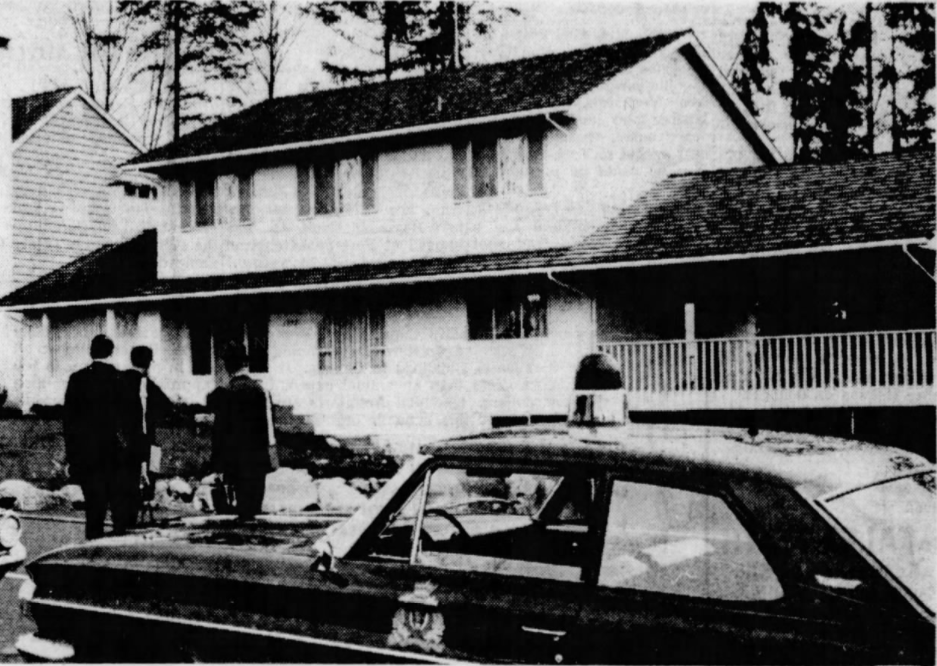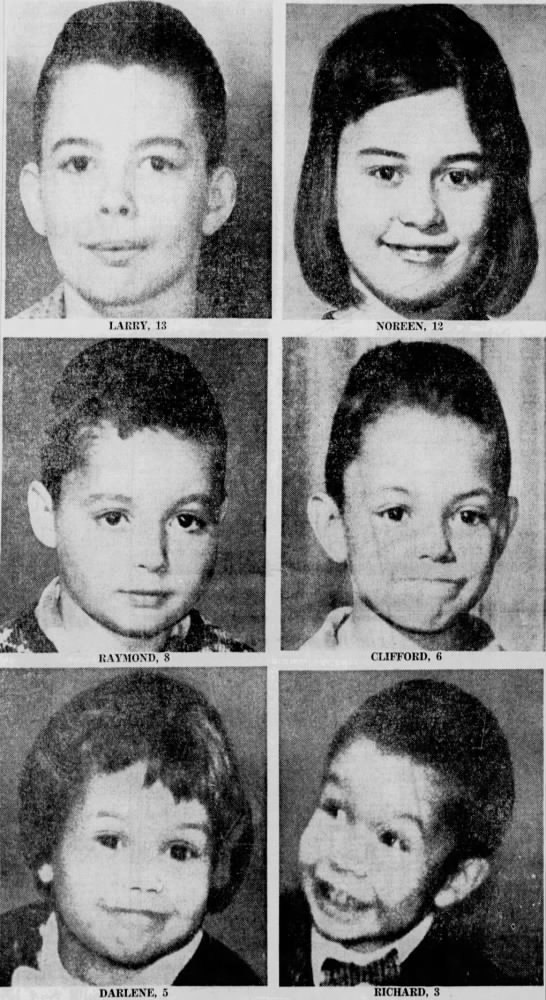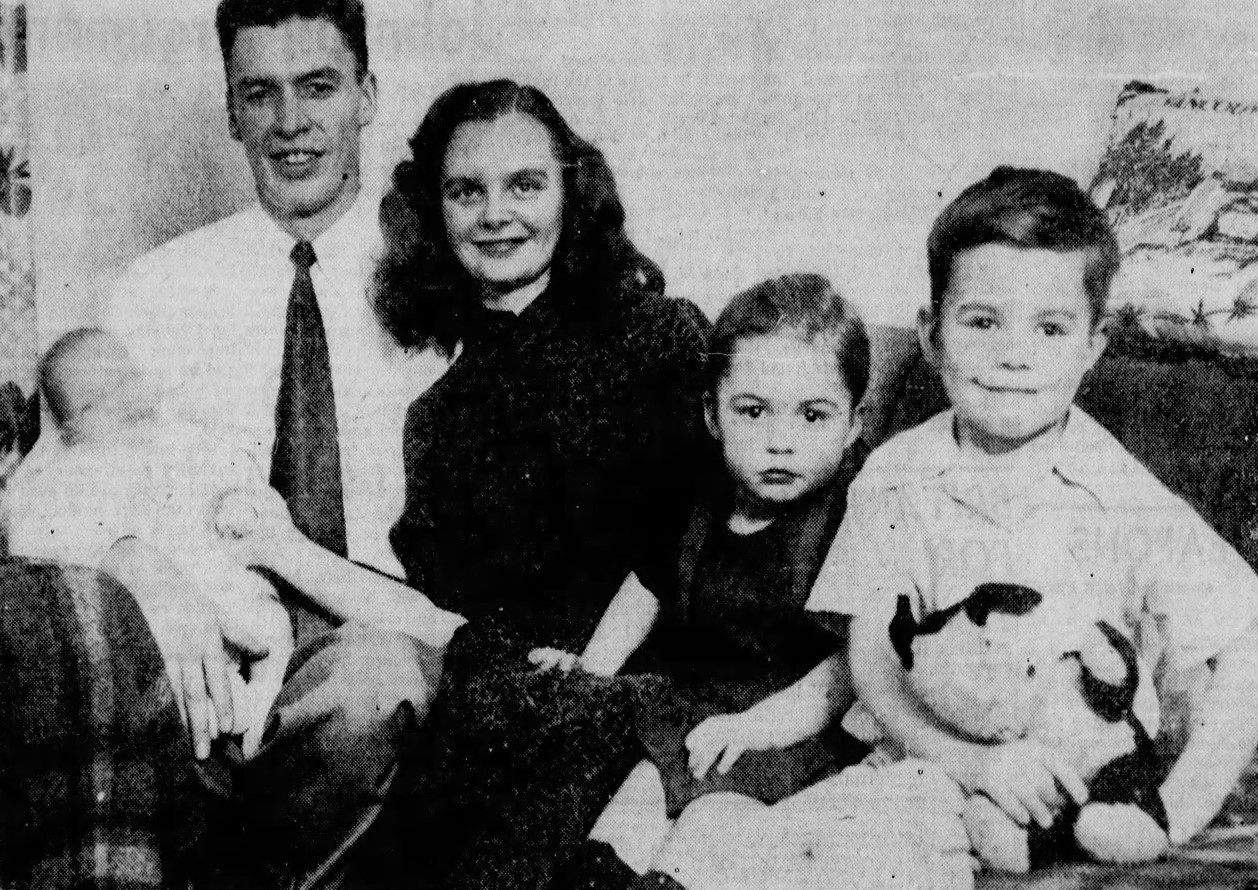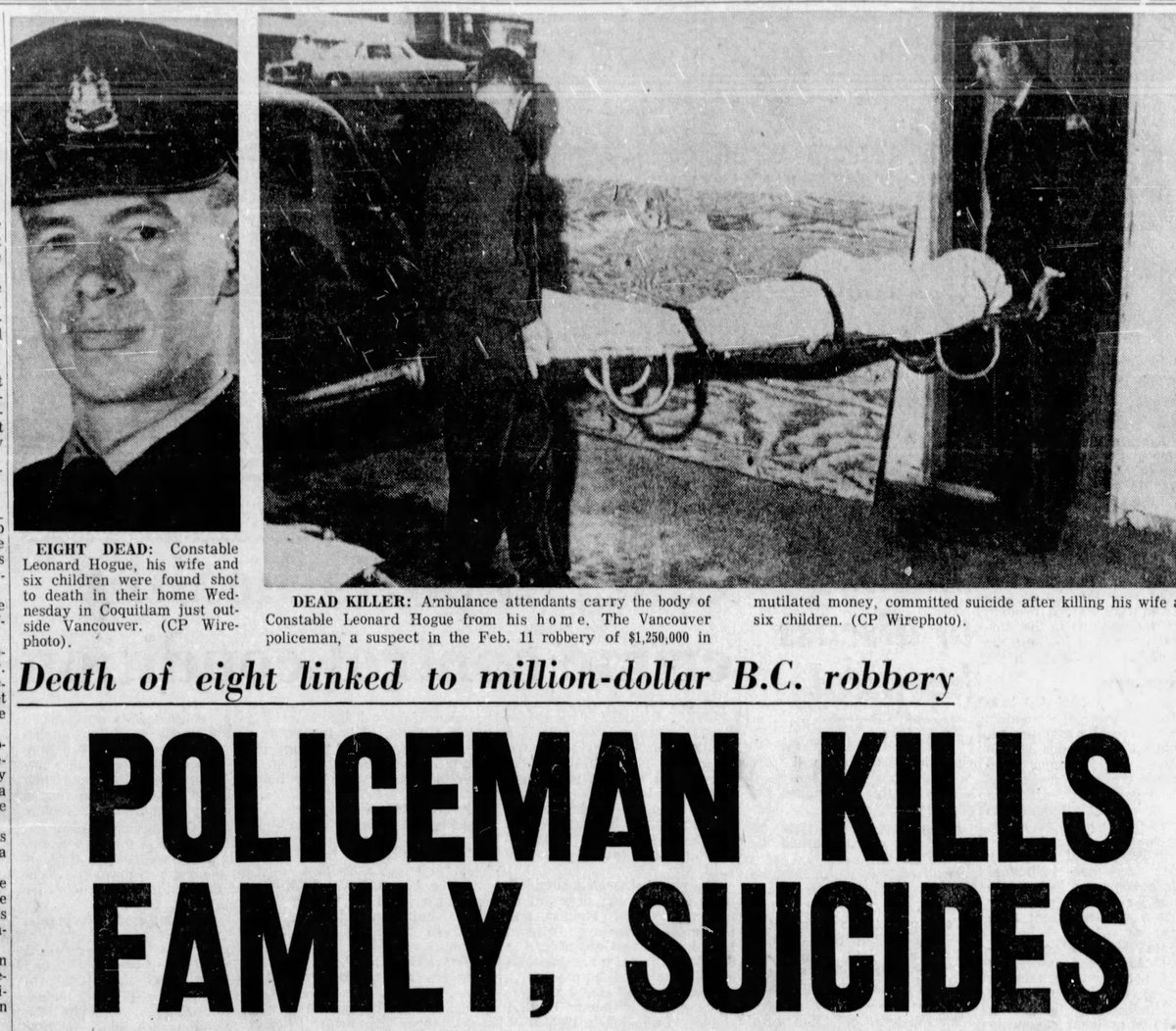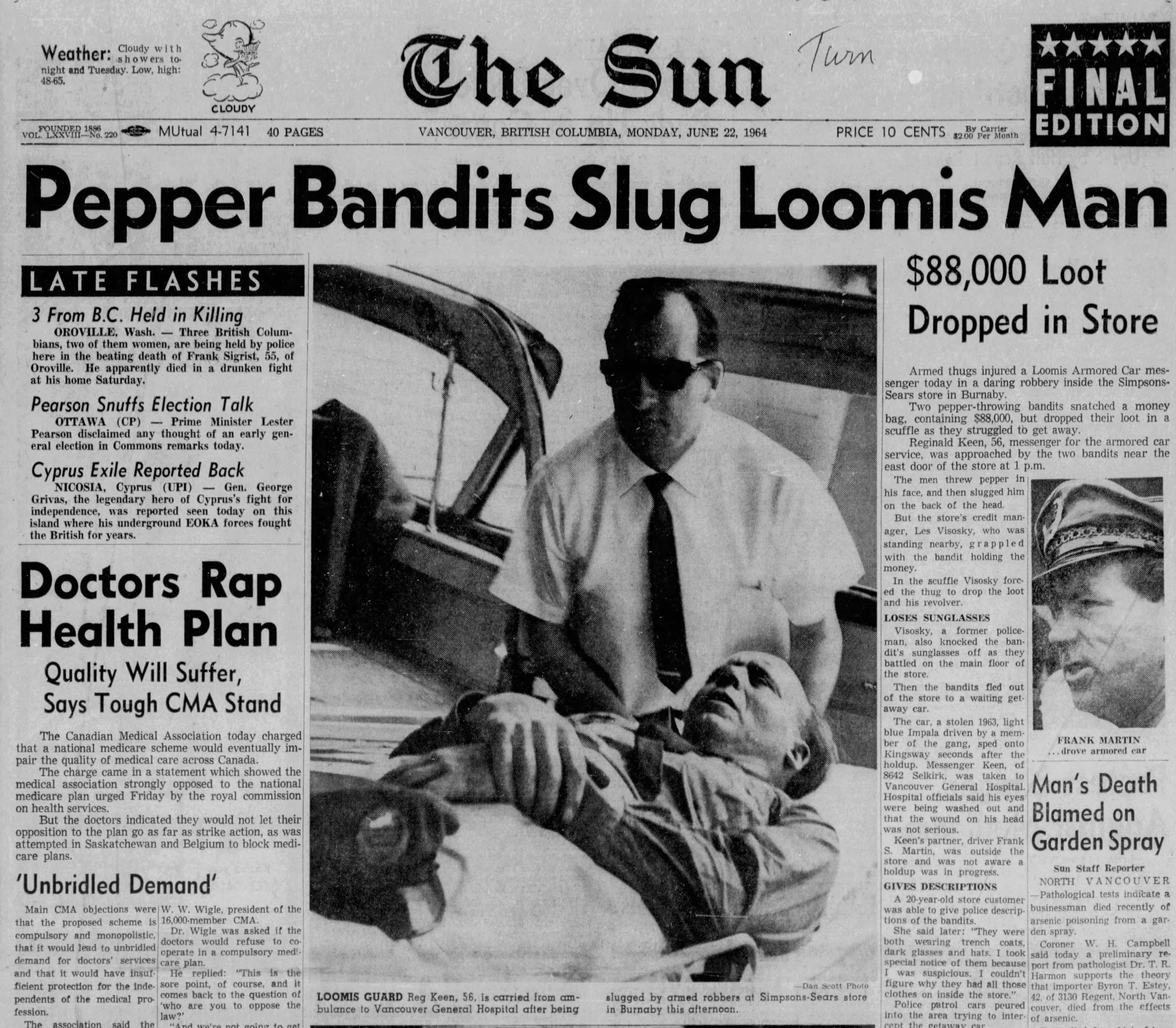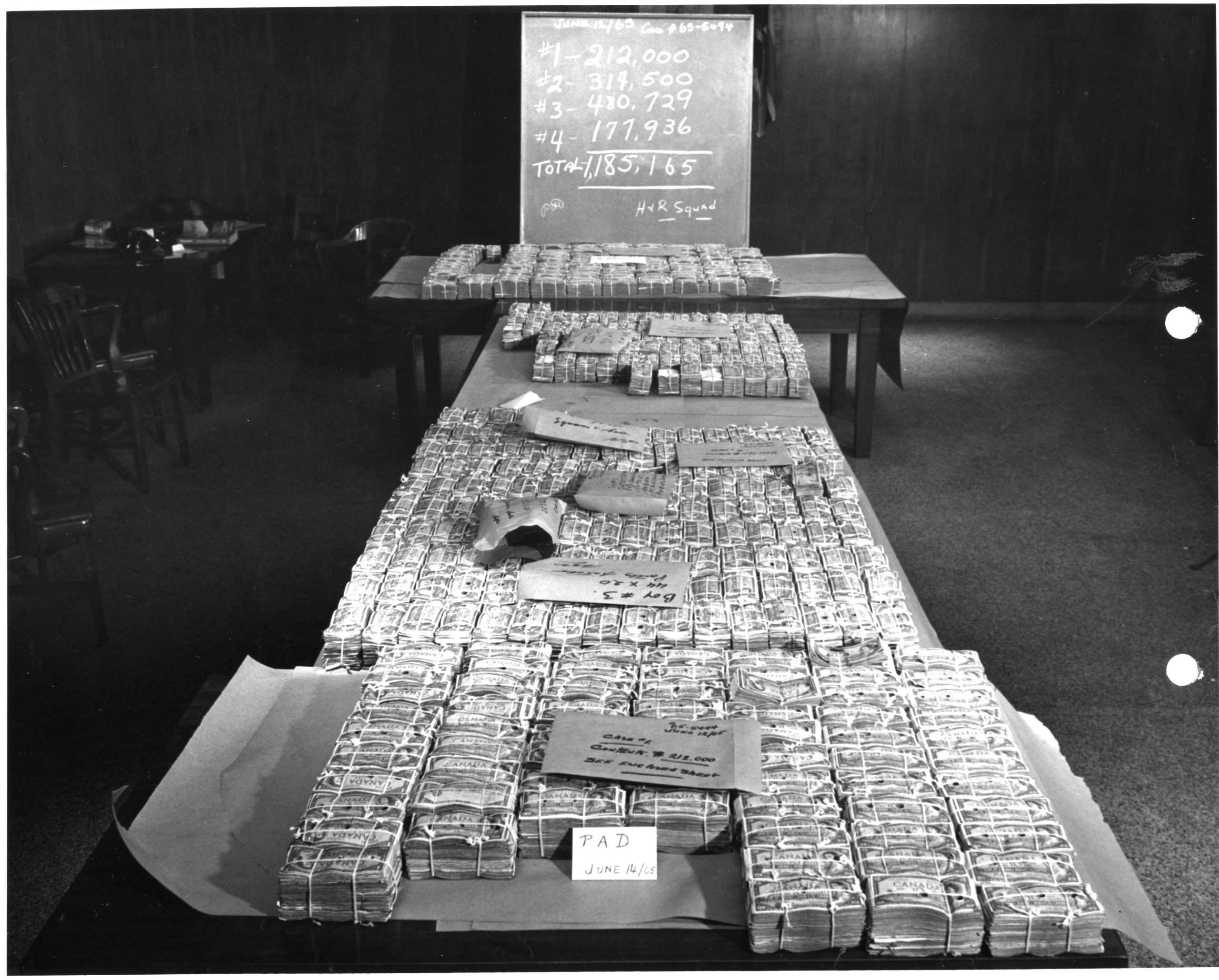This was supposed to be a short and happy seasonal post about a cabin and a Christmas log, but then I stumbled across a murder.
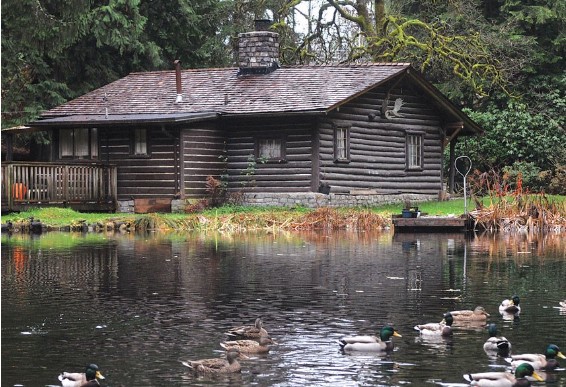
Like everyone else, I’m familiar with Shaw’s fire log, but I’d never given any thought to its origins. Then Kyla and Grant Stuart Gardiner’s monthly newsletter came in the mail and talked about its history.
Shaw’s current fireplace scene was filmed inside the sweet little log cabin at Murdo Frazer Park, near Edgemont Village in North Vancouver. It’s where I used to take the kids to watch the ducks and the turtles at the pond behind the cabin and where they’d play pitch and putt.
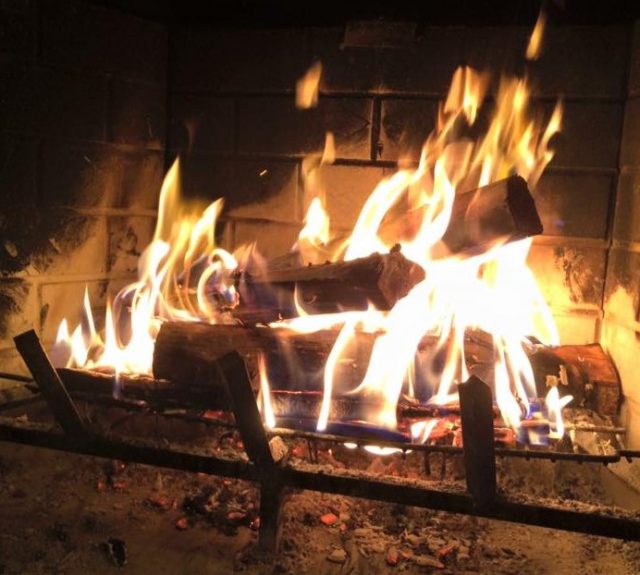
The Cabin:
The District of North Vancouver expropriated the land and the building from Victor Golden in 1969, and the 600-square-foot cabin became the Murdo Frazer Park caretaker’s home. This lasted for a couple of decades, and then the cabin became a cash cow for the District of North Vancouver. Now, it’s a film set.
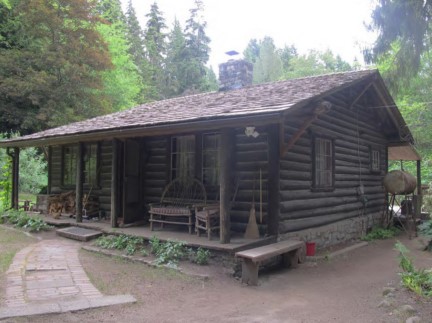
According to Brent Richter’s article in the North Shore News, the cabin rents for $2,500 a day and averages 12 film and television productions a year. In 2019 it brought in $76,000—and that’s a lot of road salt.
It was MacGyver’s cabin in the early 1990s, the Kokanee ranger’s cabin in the early 2000’s, and it appeared in Stargate, the Flash and Nancy Drew. In 2014, the cabin became the backdrop for Shaw’s Fire Log, a tradition that first started in Edmonton Christmas 1986, to replace content so employees could be with their families.
Victor Golden:
Victor Golden built the cabin in 1950 for $3,000. And, it was while I was looking into Golden, that I found out about the murder. Victor and his wife Rose lived on Hudson Street in Oakridge and he was president of the Aristocrat Restaurant chain.
In 1961, the couple had a 35-year-old housekeeper named Laura Mundich, who came to Canada two years before as a mail-order bride from Yugoslavia. Guglielmo Pauluzzi, a 44-year-old Italian immigrant who lived on Union Street, paid part of her fare, but when she arrived in Vancouver, she refused to marry him. Instead, Laura worked for the Goldens and paid him back in full.
The Murder:
At 11:00 am on Sunday January 8, 1961, Rose Golden answered a knock at the door. Pauluzzi pushed his way past her, found Laura and stabbed her several times before Victor Golden and his son Myron could restrain him. Myron, 29 was stabbed three times in the shoulder and he and Laura were taken to Vancouver General Hospital, where Laura later died.
It took me awhile to figure out why Pauluzzi’s name seemed familiar, this clearly wasn’t a cold case. Then I realized I had written about him in a footnote in Cold Case BC. After the attack, Pauluzzi had rushed out, and jumped on an Oak Street trolley bus. He must have been covered in blood and quickly drew the attention of fellow passenger, VPD constable Leonard Hogue.
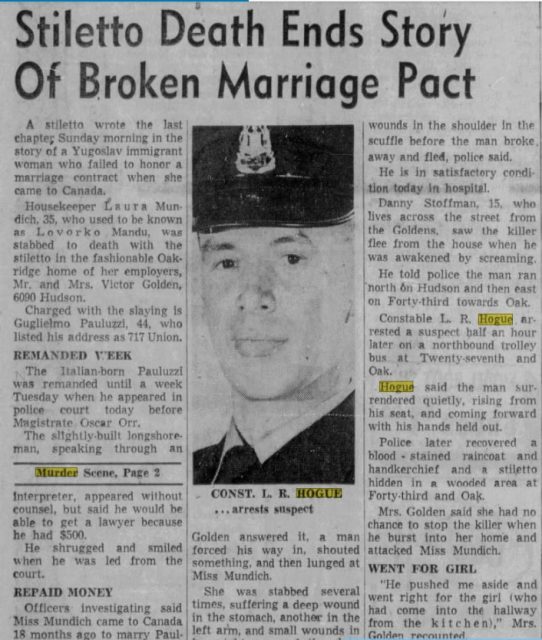
Hogue arrested him, Pauluzzi narrowly escaped the death penalty and presumably spent the rest of his life in jail. Hogue was the dirtiest of dirty cops and is the subject of two chapters in Cold Case BC and a Cold Case Canada podcast.

© All rights reserved. Unless otherwise indicated, all blog content copyright Eve Lazarus.



